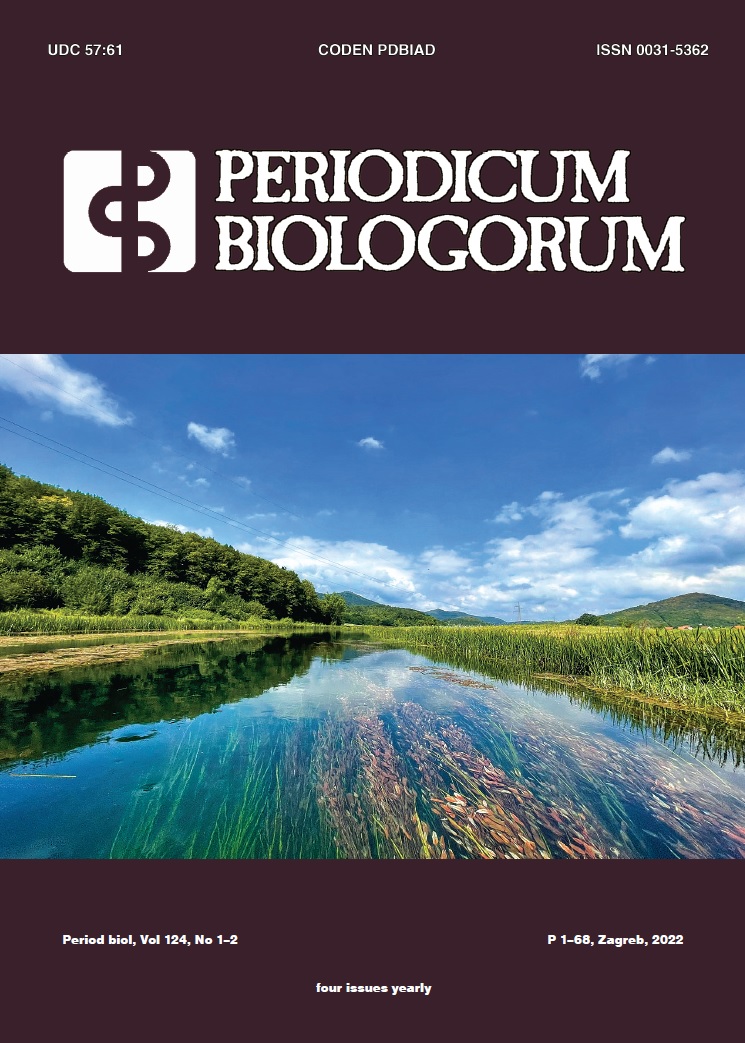Fitness recovery and two-generation phenotypic plasticity in the freshwater snail Planorbarius corneus L. exposed to hyperosmotic solutions
DOI:
https://doi.org/10.18054/pb.v124i1-2.11623Abstract
Background and purpose: Hyperosmotic solutions of calcium chloride and calcium bromide, extensively used in the oil industry, can be a source of aquatic pollution.
Materials and methods: In the present study, we investigated whether the freshwater snail Planorbarius corneus L., previously chronically exposed to toxic concentrations of these chemicals, can recover fecundity and growth in clean water. We also examined if a higher tolerance could be induced in F1 offspring after parental and developmental chronic exposure to the chemicals.
Results: The fitness-recovery study showed a high compensatory potential of the snails to recover fitness through increased reproduction and growth. In the tolerance study, we observed increased tolerance in F1 offspring in hyperosmotic solutions of calcium chloride. However, there was no significant improvement of reproduction performance in bromide-containing solutions.
Conclusions: Increased tolerance was associated with a redirection of resources from growth to maintenance and survival.
Downloads
Published
Issue
Section
License
The contents of PERIODICUM BIOLOGORUM may be reproduced without permission provided that credit is given to the journal. It is the author’s responsibility to obtain permission to reproduce illustrations, tables, etc. from other publications.


